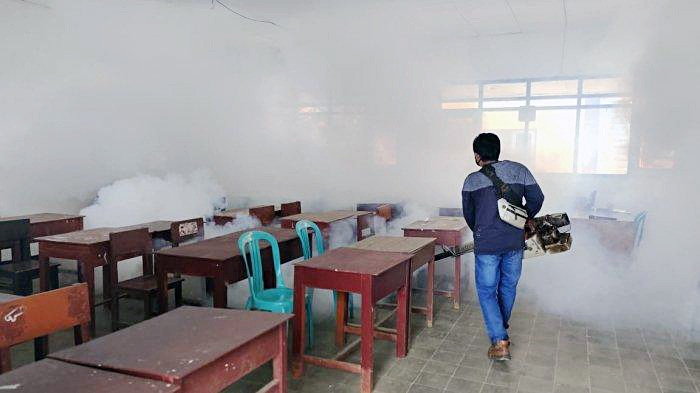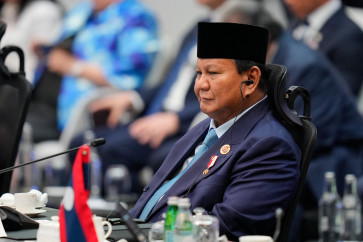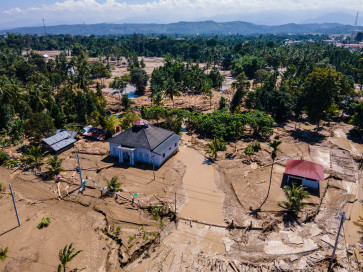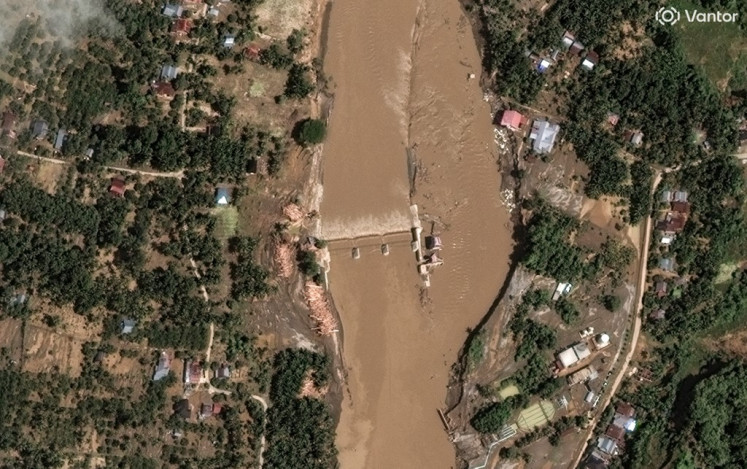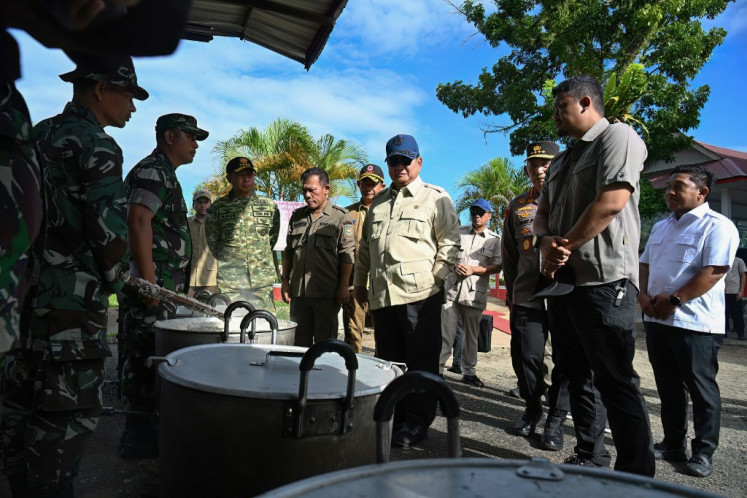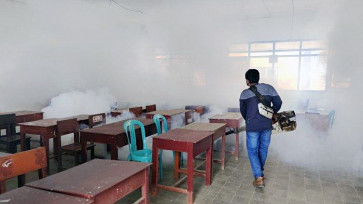Popular Reads
Top Results
Can't find what you're looking for?
View all search resultsPopular Reads
Top Results
Can't find what you're looking for?
View all search resultsIndonesia faces uphill battle to eliminate malaria in eastern regions
As the government continues to mark successes in its effort to eliminate malaria in all 514 cities and regencies nationwide, the country's eastern regions pose distinctive challenges due to their climate and geography, as well as other factors.
Change text size
Gift Premium Articles
to Anyone
T
he government is continuing to ramp up its efforts amid geographical and climate challenges that have placed significant obstacles in its path to eliminate malaria by 2030.
Last year, health authorities managed to reduce the number of nationwide malaria cases by almost 6 percent to 418,546 cases, from 443,530 cases in 2022.
They also successfully eliminated malaria in 17 additional cities last year, bringing the total number of malaria-free regions to 389 cities and regencies, or 75 percent of the country.
According to the Health Ministry, for a region to be declared malaria-free city, it must prove that no local transmission or cases have occurred for three years and the area has a test positivity rate below 5 percent and annual parasite incidence (API) of less than one.
The test positivity rate measures the percentage of people who test positive for a disease relative to the total number of individuals tested, while API is the number of new infections per year per 1,000 people.
Despite these successes, the country still faces a long road to malaria elimination. A 2023 World Health Organization (WHO) report showed that malaria prevalence in the country had been stagnant since 2015.

